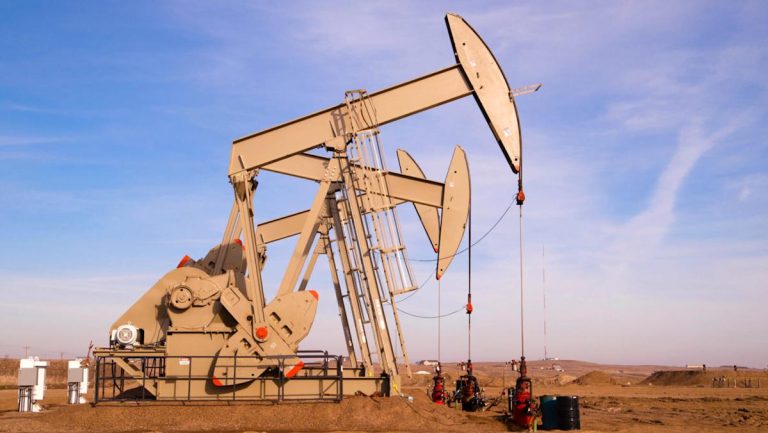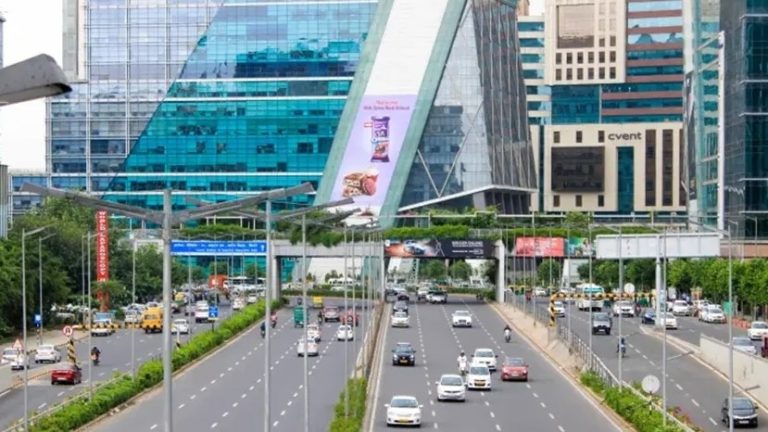Donald Trump was getting restless.
He had just signed an order implementing last month’s trade deal with the UK, and Sir Keir Starmer, the British prime minister, was standing by his side in the bright sunshine of the Canadian Rockies. But the mind of the 79-year-old US president was squarely on the Middle East.
“As soon as I leave, we’re going to be doing something,” Trump said on Monday afternoon, when asked about the war between Israel and Iran. “But I need to leave here.”
A few hours later, Trump abruptly departed the G7 summit, shrinking it to a G6 in a theatrical exit that could mark a turning point in the conflict between Israel and Iran.
By Tuesday morning, Trump was back at the White House, leaving the world to divine whether he would launch new talks with Iran over its nuclear programme or join Israel in its strikes on the Islamic Republic.
The president had arrived in Kananaskis, Alberta, late on Sunday for what was expected to be two days of meetings with America’s closest allies — as well as other world leaders including Ukrainian President Volodymyr Zelenskyy, Indian Prime Minister Narendra Modi, and Mexican President Claudia Sheinbaum.

Hosted by Mark Carney, Canada’s prime minister, the summit got off to an awkward start as Trump fumed about the exclusion of Russia from the grouping. He later made clear the US would not join European countries in imposing new sanctions on Moscow in order to press Vladimir Putin to negotiate seriously for a peace deal with Ukraine.
But the friction over the conflict in Europe was upstaged by more pressing discussions over the war in the Middle East.
Carney corralled the G7 into issuing a joint statement calling for “the resolution of the Iranian crisis” but later in the afternoon, Trump blasted out hawkish social media posts that pointed to further escalation with the Islamic republic.
In one, he warned Iranians they should “immediately” evacuate Tehran, the country’s capital, a city of nearly 10mn people.
Trump later said he left the G7 early simply to be “more well-versed” in the Iranian crisis and because his conversations would be more secure. “Being on the scene is much better, and we did everything I had to do at the G7,” he said.
There was nonetheless disquiet at his decision. Officials at the summit said the US president had been cordial during discussions, and had participated in a dinner with the G7 leaders after announcing his departure.
The only exception came when Trump publicly condemned Emmanuel Macron, president of France, for saying he was heading back to Washington for push for a “ceasefire” in the Middle East.
Trump said: “He has no idea why I am now on my way to Washington, but it certainly has nothing to do with a ceasefire. Much bigger than that. Whether purposely or not, Emmanuel always gets it wrong.”

Three officials attending the G7 told the Financial Times that Macron’s decision to make a symbolic stopover in Greenland, on his way to the summit had irritated Trump and contributed to his decision to leave early.
During his visit to the semi-autonomous Danish island, which the US president has said he wants to bring under Washington’s control, Macron said of Trump’s threats: “I don’t think that’s what allies do.”
The White House did not respond to a request for comment on Trump’s tensions with Macron.
But one UK official said the president had simply tired of the G7, adding: “He wanted to get on with doing something productive — what was there further to achieve in Calgary?”
But the early departure has raised concerns Trump could do the same thing at the Nato summit in The Hague next week, where many are watching for signals his administration could reduce its commitment to the alliance.
“Just imagine the effect in Moscow should Trump walk out of the Nato summit,” said Stefano Stefanini, Italy’s former ambassador to Nato.
In the wake of the surprise announcement that Trump would be heading back to Washington to manage the conflict in the Middle East, top administration officials, including Pete Hegseth, the defence secretary, issued reassuring statements that America remained in a “defensive” posture in the region.
Marco Rubio, the secretary of state and national security adviser, who was part of the US G7 delegation, held calls with allies including Kaja Kallas, the EU’s top foreign policy official, Jean-Noël Barrot, the French foreign minister, and David Lammy, the UK foreign secretary.
Rubio is an Iran hawk and, alongside Hegseth, will advise Trump on his next move in the conflict.
Among the options facing Trump are a last-gasp attempt at diplomacy: the president said he was still considering whether to dispatch JD Vance, the vice-president, and Steve Witkoff, his Middle East envoy, to meet senior Iranian officials.
On the overnight flight back to Washington from Canada, Trump would not be drawn on what America’s next step would be, but said he was in “not much in the mood” for negotiations and was looking for Iran to back down permanently.
What he wanted from Tehran, he said on Air Force One, is “a complete give-up”. He also warned Iran not to attack American troops or facilities in the region.
“We’ll come down so hard, it’d be gloves off”, Trump said.







